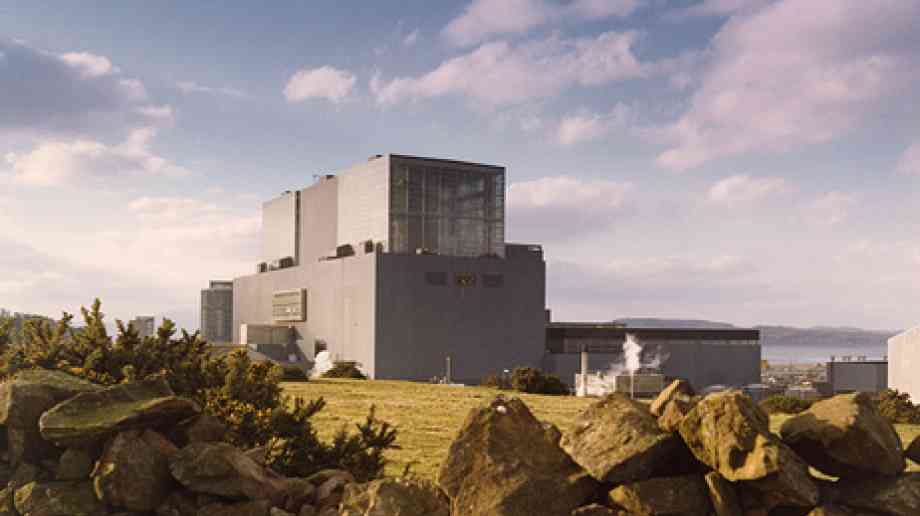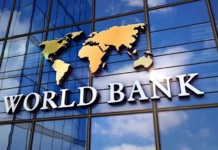A reactor at EDF Energy’s Hunterston B nuclear power plant in Scotland will remain offline for additional safety checks after cracks were found in its core, Britain’s Office for Nuclear Regulation (ONR) said.

Ageing reactors generate just over 20 percent of Britain’s power but almost half of this capacity, including Hunterston, is due to go offline by 2025, prompting the government to plan new plants.
ONR was informed in March about keyway root cracks found during planned inspections of graphite bricks in the core of Reactor 3 at Hunterston.
Graphite bricks ensure reactors can be cooled and thousands of them are used in reactor cores.
“Inspections confirmed the expected presence of new keyway root cracks in the reactor core and also identified these happening at a slightly higher rate than modelled,” EDF Energy said in a statement.
The reactor has been offline since March and was due to come back online this month, but EDF Energy has extended the outage until later this year.
“While Hunterston B Reactor 3 could return to operation from the current outage, it will remain offline while the company works with the regulator to ensure that the longer term safety case reflects the findings of the recent inspections and includes the results obtained from other analysis and modelling,” it said.
Hunterston B in North Ayrshire, Scotland, has been generating electricity since 1976. Last year, it produced enough electricity for 1.8 million homes.
In 2015, EDF Energy said routine inspections had revealed cracks in part of the graphite core at a Hunterston B nuclear reactor. It said three of 6,000 bricks had cracked, something that had been expected to begin happening at that point in the power station’s life.
Two of EDF Energy’s nuclear power plants in Britain – Heysham 1 and Hartlepool – were offline for months in 2014 for inspections after a crack was found on a boiler spine at Heysham 1.
Kindly follow us on twitter:@AfricanVoice2








